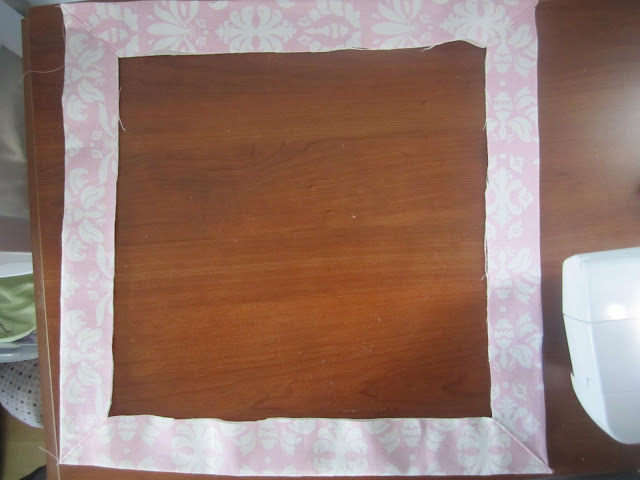Yes? OK great! If your machine has these stitch options then you can make a super easy button hole! If your machine has these stitches built into it then it probably came with a button hole foot. Which looks like this!
Put your button hole presser foot on your machine. Now you will have to pull down the button hole size indicator (I don't really know what its called... its been ages since I have looked at my manual but that's just what I call this part since that's the job it does!) It is on the side of the presser foot shaft and it will be in between the 2 plastic parts on the side of the button hole presser foot.
Here is a side view so you can see how the button hole size indicator (the part on your machine that you pull down) determines how large to make the button hole. When you are sewing a button hole the stitching starts out in front (closest to you) and works its way to the back of the button hole.
This is where you will start out. See how the button hole size indicator is closest to the front of the machine between the two plastic parts?
This is the end of the button hole. See how the button hole indicator is at the back, furthest away from you?
Its very simple.
- take off the regular presser foot and put on the button hole presser foot
- pull down the button hole size indicator
- put the button you are working with on the back of the presser foot and press the plastic part to hold it in place
- set your machine to the stitch you like.
- place your fabric under the presser foot. You want to place the fabric so that the bottom of the button hole will be closest to you. The machine will start there and work its way backwards.
- sew the button hole! Just put the presser foot down and hit the gas. You don't have to feed the fabric through or move it around, the machine does it for you.
- after the button hole is done take your seam ripper and carefully cut the fabric between the stitches.
See how easy that was? Just in case my written instructions are confusing here is a video!
Now do you see how easy that was?! So how many button holes have you made now? After I learned how to do this I literally made 13 button holes in a day on things that seriously had no need for buttons! It's just too easy!


































